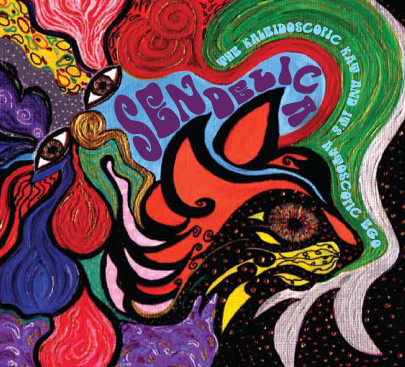 After being super blown away by Streamedelica She Sighed as She Hit Rewind on the Dream Mangler Remote (which I reviewed back in Aural Innovations #41 (October 2010), I was eager for more of this Welsh instrumental psych/spacerock band. The Pavilion of Magic and the Trials of the Seven Surviving Elohim (2011) unfortunately failed to make the same impression on me as Streamedelica did, but The Satori in Elegance of the Majestic Stonegazer (2012) was a terrific album of psych rock that definitely put the band back on the map for me. And now we get to their latest, The Kaleidoscopic Kat and Its Autoscopic Ego. This is the first album they’ve released on which they don’t have a regular drummer in the band, and in fact, there are live drums credited to only two of the tracks on the album. But this time out, Sendelica has absorbed a cool electronica vibe into their sound. It works very well, better than most experiments of this sort, precisely because amidst the programmed drums and pulsing synths, Sendelica never forget that they are still a psychedelic rock band.
After being super blown away by Streamedelica She Sighed as She Hit Rewind on the Dream Mangler Remote (which I reviewed back in Aural Innovations #41 (October 2010), I was eager for more of this Welsh instrumental psych/spacerock band. The Pavilion of Magic and the Trials of the Seven Surviving Elohim (2011) unfortunately failed to make the same impression on me as Streamedelica did, but The Satori in Elegance of the Majestic Stonegazer (2012) was a terrific album of psych rock that definitely put the band back on the map for me. And now we get to their latest, The Kaleidoscopic Kat and Its Autoscopic Ego. This is the first album they’ve released on which they don’t have a regular drummer in the band, and in fact, there are live drums credited to only two of the tracks on the album. But this time out, Sendelica has absorbed a cool electronica vibe into their sound. It works very well, better than most experiments of this sort, precisely because amidst the programmed drums and pulsing synths, Sendelica never forget that they are still a psychedelic rock band.
The titularly truncated title track, The Kaleidoscopic Kat, is stylistically all over the place, but the band pulls it all together in quite a nifty way. It starts out with a slow and droney guitar, weaving a gentle melody. Piano and synths soon join as the piece evolves into a dreamy, psychedelic ballad of sorts as distorted guitar noise slips in underneath, building to a Phil Collins In the Air Tonight type drum explosion. The piece becomes a jaunty acid tinged ride from there, buoyed by a funky, 80’s style synth bass riff. It totally sets the tone for the eclectic album to come. Tinsel Tears, for example, combines a jazzy baseline with a killer, over the top classic rock guitar riff whereas Something in a Grain of Sand ushers in that electronica vibe I mentioned, in its use of ambient and rhythmic elements of that genre, combined, of course, with the lysergic guitar sounds that the band is well known for. It Happened One Sunday Afternoon in Wales is a long, slowly building 11+ minute piece reminiscent of Screaming and Streaming into the Starlit Night from Streamedelica. The soft guitar, sound effects and sax here take on an easygoing, mellow morning atmosphere (as suggested by the title) rather than a late night jazz club sound. That’s of course before it builds into a mid-tempo, heavy spacerock outing in its latter half. The sax definitely lends a nice jazzy feel to the proceedings throughout, but I kind of wish the guy playing it would perhaps occasionally step outside of melodic Dick Parry-esque soloing and maybe put a little squonk or torture into his playing, a la Nik Turner, for example (who guests on a later track on the album, but playing flute). On the other hand, it does set a nice counterpoint to the wild chaos going on around it. Set the Controls for the Heart of the Buddha brings back the electronica sensibility, with a drum machine style rhythm leading into a dark and languid odyssey utilizing a riff from the similarly titled Pink Floyd number, but building an entirely different song around it. Clever Meat is 6 1/2 minutes of pure spacerock, replete with catchy guitar riffs, bubbling synths and powerful drum rhythms. It’s a knockout track, and one of the best on the album! 21st Century Autoscopic Ego Man (these guys are starting to sound like Acid Mothers Temple in their plays on classic song titles!), starts out as a surprisingly bluesy rocker, but after a few minutes, it turns into a dark and weird space voyage. There’s no surprise, of course, that It’s the Neu! Kosmiche Disko has a strong Krautrock influence. For me, it’s the standout piece on an already excellent album, and represents Sendelica’s will to grow and keep exploring new sounds with each album. It’s a bit like Kraftwerk meets Can, as it twists and turns through funky, pulsating electronics, motorik rhythms, swirling sax, brooding, ambient guitars and oodles of effects on everything. After that epic 14-minutes of krautrocky goodness, the album ends quietly, with a reprise of The Kaleidoscopic Kat, this time without drums, but including some beautiful, spacey flute courtesy of the aforementioned Mr. Turner.
The Kaleidoscopic Kat and Its Autoscopic Ego has a really nice balance to it. Not just in its similarly themed bookends, but in the way the whole album is put together, the way the early, middle and later electronica influenced tracks are surrounded by tracks in the heavier, psychedelic rock vein of Sendelica’s earlier works. But every piece is distinctive, each adding its own ingredients to the mind bubbling soup that makes up the entire album. And it’s a tasty soup, indeed! Another great release from this band!
For more info, visit: http://sendelica.bandcamp.com and http://sendelica.soundawesome.com
Reviewed by Jeff Fitzgerald
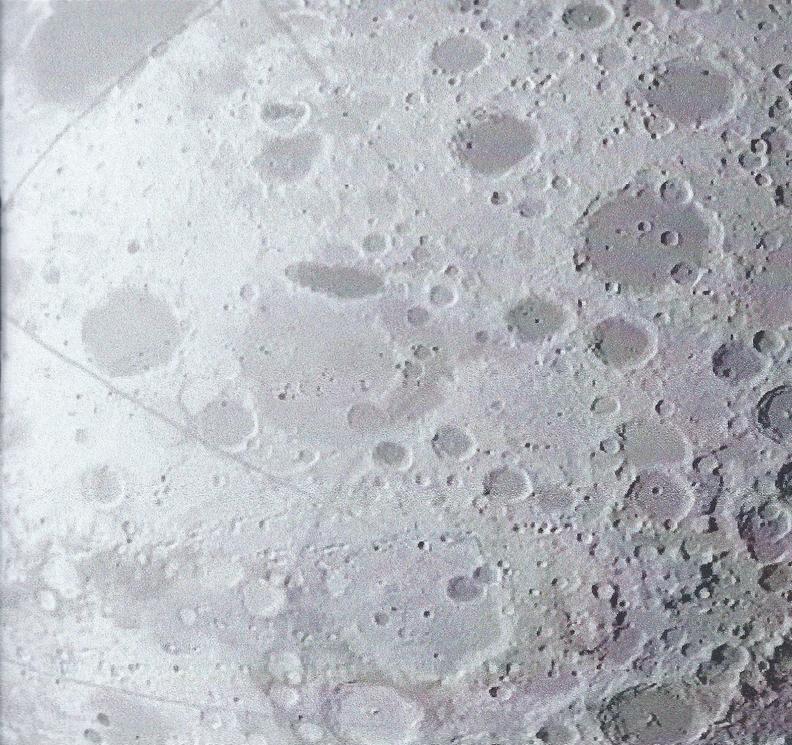 Austin, Texas based Book of Shadows always have a fluid lineup, sometimes consisting of up to 5 -6 members, though always including founders Carlton and Sharon Crutcher. Their latest album, Ritual of Joy, was recorded in a single day by the quartet of Carlton on keyboards, Sharon on vocals, Douglas Ferguson on guitar and modular synthesizer, and Steve Marsh on guitar and electronics.
Austin, Texas based Book of Shadows always have a fluid lineup, sometimes consisting of up to 5 -6 members, though always including founders Carlton and Sharon Crutcher. Their latest album, Ritual of Joy, was recorded in a single day by the quartet of Carlton on keyboards, Sharon on vocals, Douglas Ferguson on guitar and modular synthesizer, and Steve Marsh on guitar and electronics.
 IndigoM was the second Book of Shadows album, recorded live on KVRX radio Austin, Texas in 2005, and released as a CD that year. The Reverb Worship reissue consists of the single 50+ minute piece of music that comprised the original, and as a bonus adds the brief intro that preceded the performance and the 7 minute interview that followed.
IndigoM was the second Book of Shadows album, recorded live on KVRX radio Austin, Texas in 2005, and released as a CD that year. The Reverb Worship reissue consists of the single 50+ minute piece of music that comprised the original, and as a bonus adds the brief intro that preceded the performance and the 7 minute interview that followed. Vespero are on a creative tear. I described last year’s Subkraut: U-Boats Willkommen Hier as a cross between Korai Orom and Ozric Tentacles, and at one point made a reference to a classic Prog sound. Their new album, Droga, draws much more heavily on the Progressive Rock influences, planting it all in the band’s trademark Space Rock grounding.
Vespero are on a creative tear. I described last year’s Subkraut: U-Boats Willkommen Hier as a cross between Korai Orom and Ozric Tentacles, and at one point made a reference to a classic Prog sound. Their new album, Droga, draws much more heavily on the Progressive Rock influences, planting it all in the band’s trademark Space Rock grounding. Belgium based Cosmic Trip Machine return for their first album since 2010’s The Curse of Lord Space Devil. The band are the quartet of Will Z on keyboards, Majnun on guitar, oG on bass, and Sammy on drums. The new album is titled Golden Horus Name, and has an interesting theme so I’ll quote from the promo sheet:
Belgium based Cosmic Trip Machine return for their first album since 2010’s The Curse of Lord Space Devil. The band are the quartet of Will Z on keyboards, Majnun on guitar, oG on bass, and Sammy on drums. The new album is titled Golden Horus Name, and has an interesting theme so I’ll quote from the promo sheet: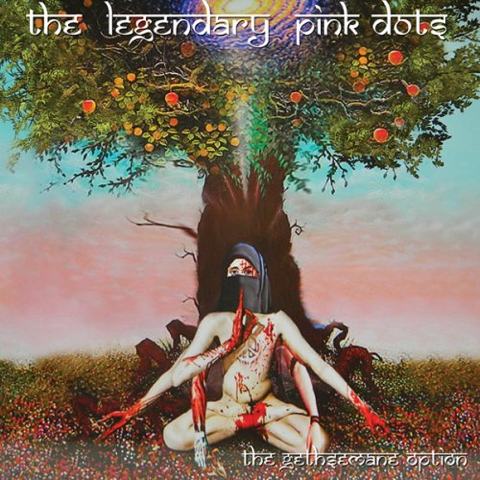 With the current band of occultist Golden Dawn “usual suspects” Edward & The Silverman, and Erik Drost, an otherwise beatnik-new wave era band of gothic Euro-rock old schoolers, the current Dots in their 33rd year of existence are now, since Niels and Martijn, left in 2010, a trio with Hawkwind engineer Raymond Steeg as the shadow fourth member, as they seem to be finding their sound more solidly planted in a more consumable reality and back on their feet since their recent Chemical Playschool 15 album, which I slagged so harshly here on the Aural Innovations blog, last winter, a release which lacked focus and I thought was an outright bad album.
With the current band of occultist Golden Dawn “usual suspects” Edward & The Silverman, and Erik Drost, an otherwise beatnik-new wave era band of gothic Euro-rock old schoolers, the current Dots in their 33rd year of existence are now, since Niels and Martijn, left in 2010, a trio with Hawkwind engineer Raymond Steeg as the shadow fourth member, as they seem to be finding their sound more solidly planted in a more consumable reality and back on their feet since their recent Chemical Playschool 15 album, which I slagged so harshly here on the Aural Innovations blog, last winter, a release which lacked focus and I thought was an outright bad album. After being super blown away by Streamedelica She Sighed as She Hit Rewind on the Dream Mangler Remote (which I reviewed back in Aural Innovations #41 (October 2010), I was eager for more of this Welsh instrumental psych/spacerock band. The Pavilion of Magic and the Trials of the Seven Surviving Elohim (2011) unfortunately failed to make the same impression on me as Streamedelica did, but The Satori in Elegance of the Majestic Stonegazer (2012) was a terrific album of psych rock that definitely put the band back on the map for me. And now we get to their latest, The Kaleidoscopic Kat and Its Autoscopic Ego. This is the first album they’ve released on which they don’t have a regular drummer in the band, and in fact, there are live drums credited to only two of the tracks on the album. But this time out, Sendelica has absorbed a cool electronica vibe into their sound. It works very well, better than most experiments of this sort, precisely because amidst the programmed drums and pulsing synths, Sendelica never forget that they are still a psychedelic rock band.
After being super blown away by Streamedelica She Sighed as She Hit Rewind on the Dream Mangler Remote (which I reviewed back in Aural Innovations #41 (October 2010), I was eager for more of this Welsh instrumental psych/spacerock band. The Pavilion of Magic and the Trials of the Seven Surviving Elohim (2011) unfortunately failed to make the same impression on me as Streamedelica did, but The Satori in Elegance of the Majestic Stonegazer (2012) was a terrific album of psych rock that definitely put the band back on the map for me. And now we get to their latest, The Kaleidoscopic Kat and Its Autoscopic Ego. This is the first album they’ve released on which they don’t have a regular drummer in the band, and in fact, there are live drums credited to only two of the tracks on the album. But this time out, Sendelica has absorbed a cool electronica vibe into their sound. It works very well, better than most experiments of this sort, precisely because amidst the programmed drums and pulsing synths, Sendelica never forget that they are still a psychedelic rock band. 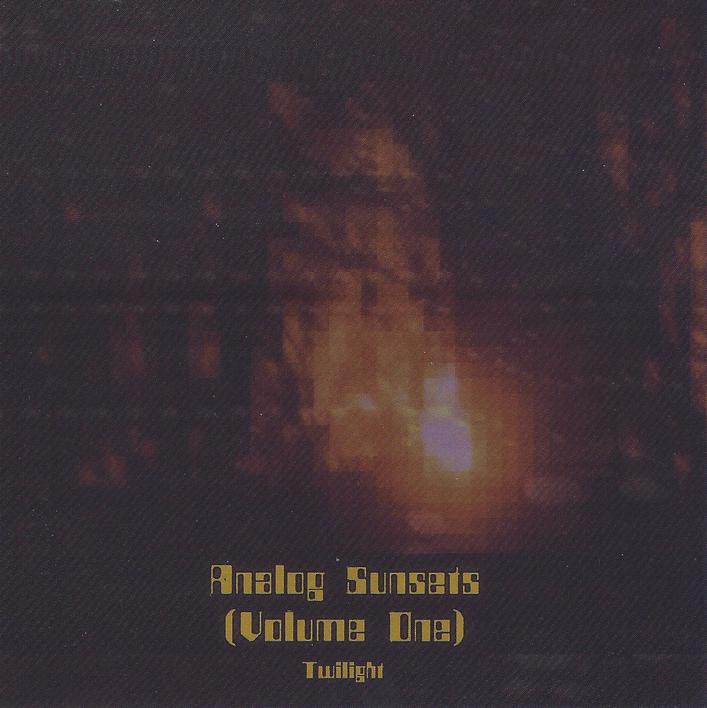 Analog Sunsets is the work of veteran hometaper Scott Carr, who has released music under various monikers over the years on his Tape Hiss Recordings label (his Hot Buttered Elves Christmas songs are especially fun). With Analog Sunsets, Carr took electronic recordings from the Tape Hiss cassette catalog going back to 1988, and blended them with new material from Spring 2013. As stated in the promo sheet, the music was “designed to be listened to in a wide variety of environments, particularly those where deeper concentration or thinking is desired.”
Analog Sunsets is the work of veteran hometaper Scott Carr, who has released music under various monikers over the years on his Tape Hiss Recordings label (his Hot Buttered Elves Christmas songs are especially fun). With Analog Sunsets, Carr took electronic recordings from the Tape Hiss cassette catalog going back to 1988, and blended them with new material from Spring 2013. As stated in the promo sheet, the music was “designed to be listened to in a wide variety of environments, particularly those where deeper concentration or thinking is desired.”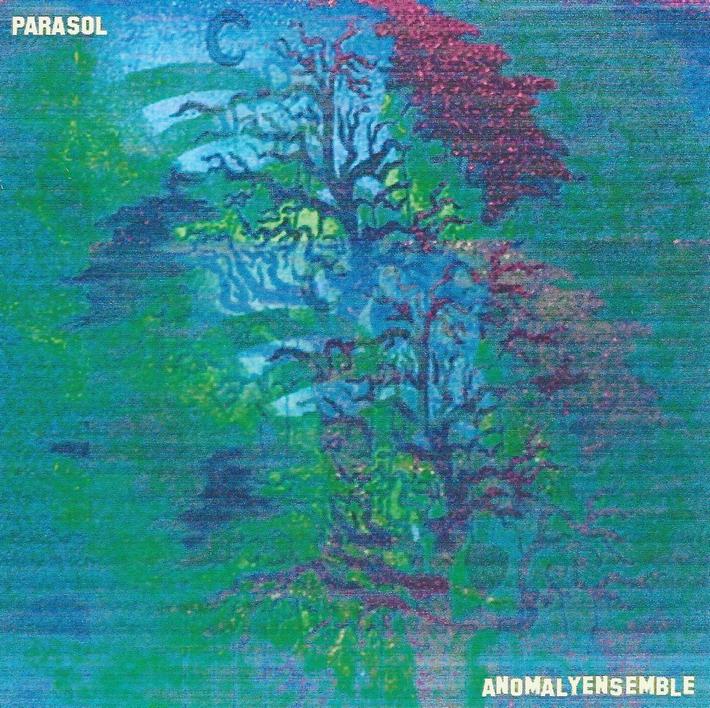 Anomaly Ensemble is the duo of brothers Jim and John Panebianco, whose music I had been familiar with through several albums released as Dharma Son Collective. Their first albums in the mid-2000s consisted of lengthy jams that the band described as “experimental/avant-garde that crosses psychedelia with the ideals of 60s/70’s space rock, influenced by the likes of Amon Duul I & II, Ash Ra Tempel, Can, Soft Machine, Faust, early Pink Floyd, Guru Guru, Acid Mother’s Temple, Miles Davis and more.” Pretty ambitious stuff, especially considering that some of the members were as young as 14 and 16 years old at the time.
Anomaly Ensemble is the duo of brothers Jim and John Panebianco, whose music I had been familiar with through several albums released as Dharma Son Collective. Their first albums in the mid-2000s consisted of lengthy jams that the band described as “experimental/avant-garde that crosses psychedelia with the ideals of 60s/70’s space rock, influenced by the likes of Amon Duul I & II, Ash Ra Tempel, Can, Soft Machine, Faust, early Pink Floyd, Guru Guru, Acid Mother’s Temple, Miles Davis and more.” Pretty ambitious stuff, especially considering that some of the members were as young as 14 and 16 years old at the time.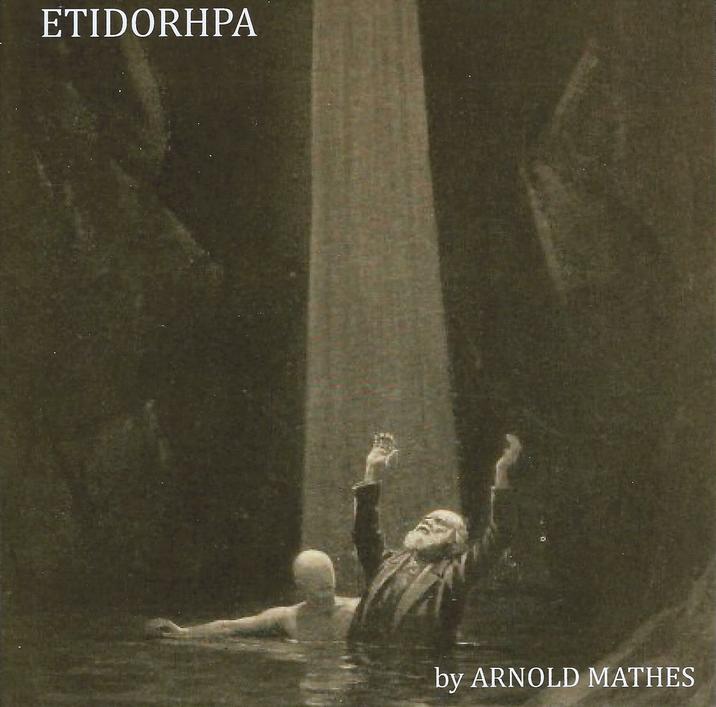 This is the first new set of music I’ve heard from Brooklyn, New York based electronic musician Arnold Mathes in nearly a decade. Etidorhpa (spell it backwards) is based on the 1895 book of the same name written by John Uri Lloyd, a pharmacognocist and pharmaceutical manufacturer from Cincinnati, Ohio. I’ll quote the summary at Wikipedia:
This is the first new set of music I’ve heard from Brooklyn, New York based electronic musician Arnold Mathes in nearly a decade. Etidorhpa (spell it backwards) is based on the 1895 book of the same name written by John Uri Lloyd, a pharmacognocist and pharmaceutical manufacturer from Cincinnati, Ohio. I’ll quote the summary at Wikipedia: Paradise 9 have been around for a while now, releasing their recorded debut – Showtime – in 1999, before taking what appeared to have been a lengthy haitus. Their reconvening for charity gigs, and release of two new EPs – Nothing For Tomorrow (2009) and State Of The Nation (2011) – marked the beginning of a more productive era for the band, who have now recorded and compiled their second full length album. Take Me To The Future (a Hawkwind referencing title if ever there was one) clocks in at a generous 75 minutes, with twelve tracks in total, seven of them from the recent EPs, and five new ones. Whether or not you own any of their earlier material, Take Me To The Future has plenty to enjoy about it, being a diverse mixture of Buzzcocks/Wire punk-pop, Gong/Hawkwind spaceprog, Ozrics-style psychelic dub, and acoustic folk. Indeed, several of the members and sundry guests have links to such free festival staples as Here & Now, Mick Farren’s Deviants and, inevitably, Hawkwind.
Paradise 9 have been around for a while now, releasing their recorded debut – Showtime – in 1999, before taking what appeared to have been a lengthy haitus. Their reconvening for charity gigs, and release of two new EPs – Nothing For Tomorrow (2009) and State Of The Nation (2011) – marked the beginning of a more productive era for the band, who have now recorded and compiled their second full length album. Take Me To The Future (a Hawkwind referencing title if ever there was one) clocks in at a generous 75 minutes, with twelve tracks in total, seven of them from the recent EPs, and five new ones. Whether or not you own any of their earlier material, Take Me To The Future has plenty to enjoy about it, being a diverse mixture of Buzzcocks/Wire punk-pop, Gong/Hawkwind spaceprog, Ozrics-style psychelic dub, and acoustic folk. Indeed, several of the members and sundry guests have links to such free festival staples as Here & Now, Mick Farren’s Deviants and, inevitably, Hawkwind.